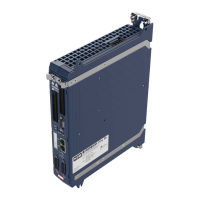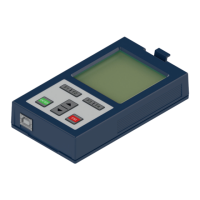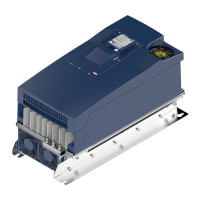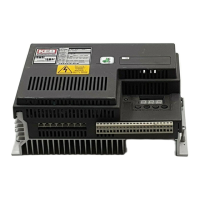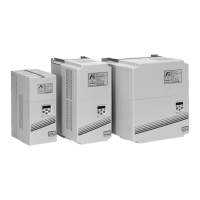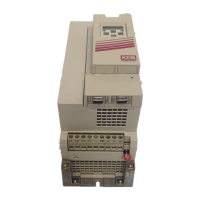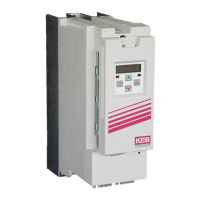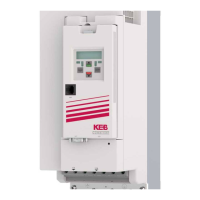With EnDat and Hiperface encoders, the absolute posi-
tion in the encoder can be set to zero.
If the position correction function is active, the error ec01
= 91 "dig. pos. corr. diff. err" may occur after setting the
zero point because the position of the encoder suddenly
changes. The new position is valid after the error is re-
set.
For encoders with 1Vpp signals, the position cannot be
set exactly to zero. The lowest bits, which correspond to
the position within a signal period, are retained.
With singleturn encoders, the counted revolutions are
also deleted after zeroing.
With multiturn encoders, the multiturn revolutions in the
encoder are also set to zero.
Special features of linear encoders
Here, the position is set to 10 mm in order to avoid per-
manent overflows and underflows due to fluctuations of
the position value after zero setting.
If ec50 is used and if after zero setting the drive is
moved in the direction of lower position values over the
lower limit of the position, there is a jump in position and
speed due to the conversion into virtual revolutions.
The zero point should be set by way that it is not possi-
ble to drive over the lower limit.
If battery-specific errors are to be reset, this bit must be
set before the error reset.
This is to prevent accidental resetting.
(see also 6.1.9.1, „Battery-specific error and warning
messages“, page 255)
For encoders with battery buffering, the counted revolu-
tions in the encoder are set to 0.
(see also 6.1.9.3 „Zero setting of the revolution counter
in the encoder“, page 255)
6.1.6.7.3 Define system position system offset (SM) ec23
The reference between rotor position and zero position of the attached encoder
system is created by the system position.
This system position is preset in the factory setting for standard KEB motors.
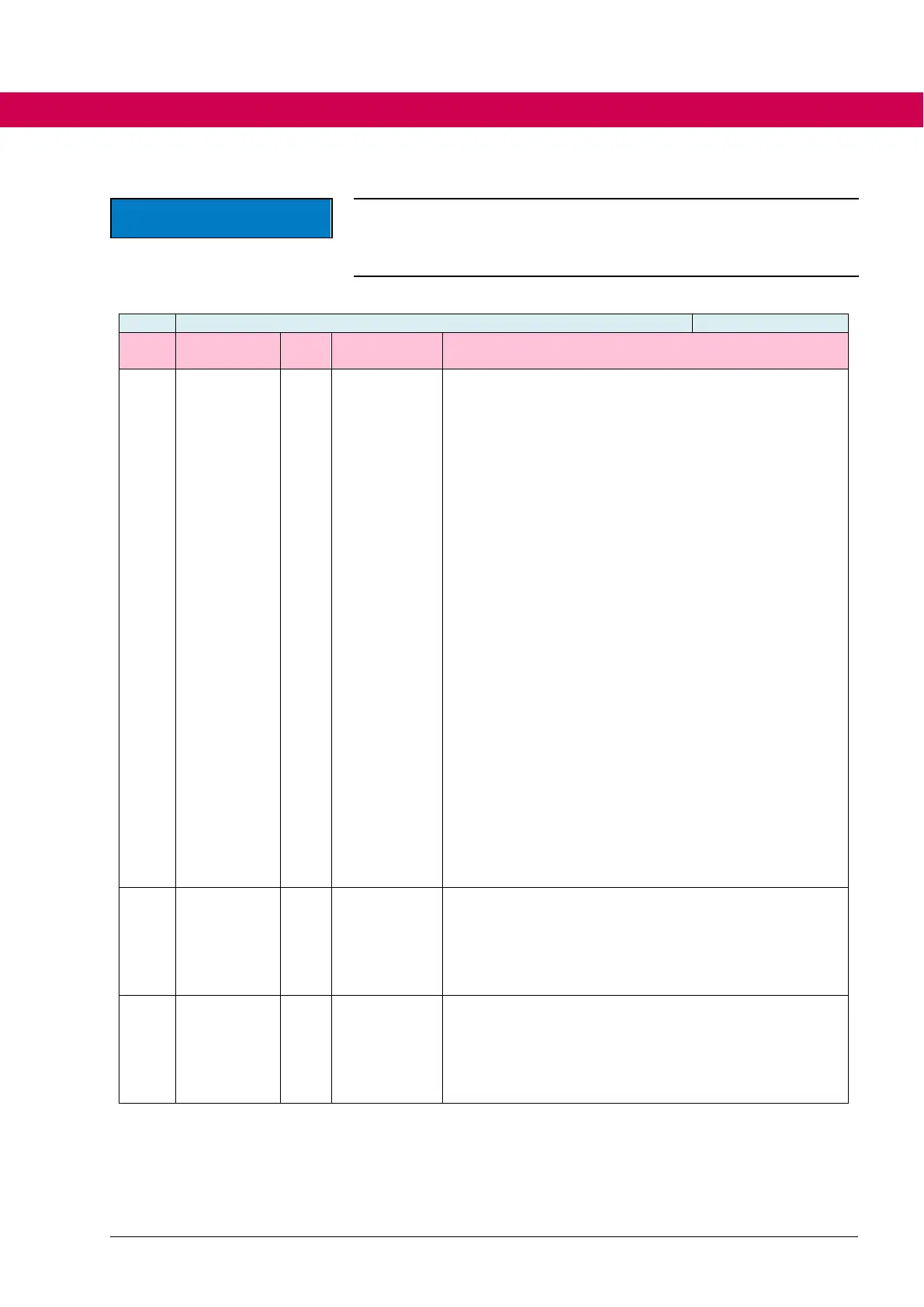